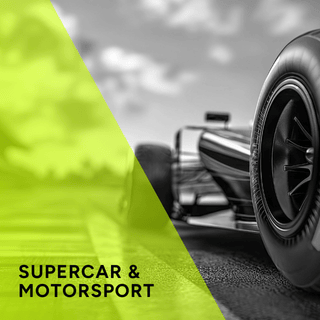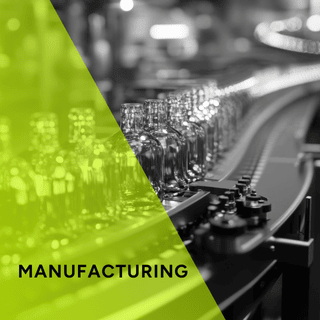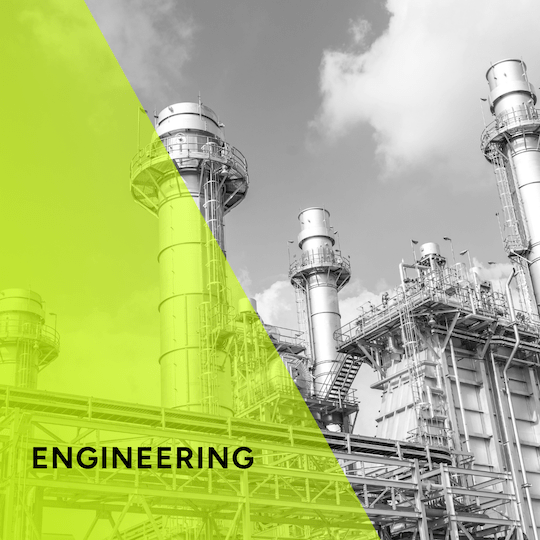Introduction
The suspension system of a Formula 1 car is a masterpiece of engineering, designed to deliver unparalleled performance, control, and adaptability. Unlike road cars, F1 suspension must withstand immense forces, provide precise handling, and contribute to the car’s aerodynamic efficiency. This article explores the key components, design philosophies, and challenges of F1 suspension systems.
Tiro are actively recruiting for Senior F1 Mechanical Designers . If you are thinking of making a life changing career move lets set up a teams meeting HERE
Key Components of F1 Suspension
Double Wishbone Layout
All modern F1 cars employ a double wishbone suspension at both the front and rear. This configuration allows each wheel to move independently, maximising tyre contact with the track and enabling fine-tuned control of wheel alignment. The upper wishbone is typically shorter than the lower, introducing negative camber for improved grip and more even tyre wear.
Springs and Dampers
- Springs: F1 cars use torsion bars or heave springs, often made from titanium or carbon fibre, to absorb bumps and maintain ride height. Heave springs control vertical movement, while torsion bars manage roll stiffness.
- Dampers: Gas-filled and highly adjustable, dampers control the oscillation of the springs, converting kinetic energy into heat to maintain stability and grip. Their settings are meticulously tuned for each circuit.
Anti-Roll Bars
Anti-roll bars (sway bars) connect the left and right wheels, resisting body roll during cornering. Made from lightweight materials, they are adjustable to suit different track conditions and driver preferences.
Push-Rod and Pull-Rod Systems
- Push-Rod Suspension: Common at the front, push-rods transmit forces from the wheel upwards to inboard springs and dampers via a rocker. This setup allows for better packaging and aerodynamic efficiency.
- Pull-Rod Suspension: Often used at the rear, pull-rods pull on the bell crank, enabling a lower mounting point and improved airflow over the car. The choice between push-rod and pull-rod depends on the team’s design philosophy and aerodynamic goals.
The Role of Suspension in Performance
Mechanical Grip and Balance
The suspension ensures that all four tyres maintain optimal contact with the track, maximising mechanical grip. Fine-tuning suspension geometry—such as camber, toe, and caster—affects how the car responds in corners, under braking, and during acceleration.
Aerodynamics
Suspension elements like wishbones, push-rods, and pull-rods are exposed to airflow. Their shapes are carefully designed to minimise drag and manage the airflow to critical aerodynamic surfaces. Suspension packaging also affects how low and flat the car can run, which is vital for ground-effect aerodynamics.
Adjustability
F1 suspensions are highly adjustable. Teams can alter spring rates, damper settings, anti-roll bar stiffness, and ride height to adapt to different circuits and weather conditions. Corner weights are meticulously balanced to optimise handling and tyre wear.
Design Challenges
- Strength vs. Weight: Components must be strong enough to withstand loads exceeding several tonnes—especially during high-speed cornering and braking—while remaining as light as possible.
- Aerodynamic Integration: Suspension parts must be thin and streamlined to reduce aerodynamic drag, yet robust enough to house safety-critical elements like tyre tethers.
- Packaging: Inboard elements (springs, dampers, anti-roll bars) are hidden under the bodywork, requiring innovative solutions to fit everything within tight spaces without compromising performance.
Regulations and Evolution
Active suspension systems, which automatically adjusted settings in real time, were banned in 1994 to control costs and maintain a focus on driver skill. Today’s F1 cars use passive suspension, with all adjustments made manually between sessions.
Conclusion
F1 suspension design is a delicate balance of strength, weight, aerodynamics, and adjustability. It is a testament to the ingenuity and relentless pursuit of performance that defines Formula 1 engineering. Every component, from the wishbones to the anti-roll bars, is optimised for one purpose: to keep the car fast, stable, and responsive on the world’s most demanding circuits.







